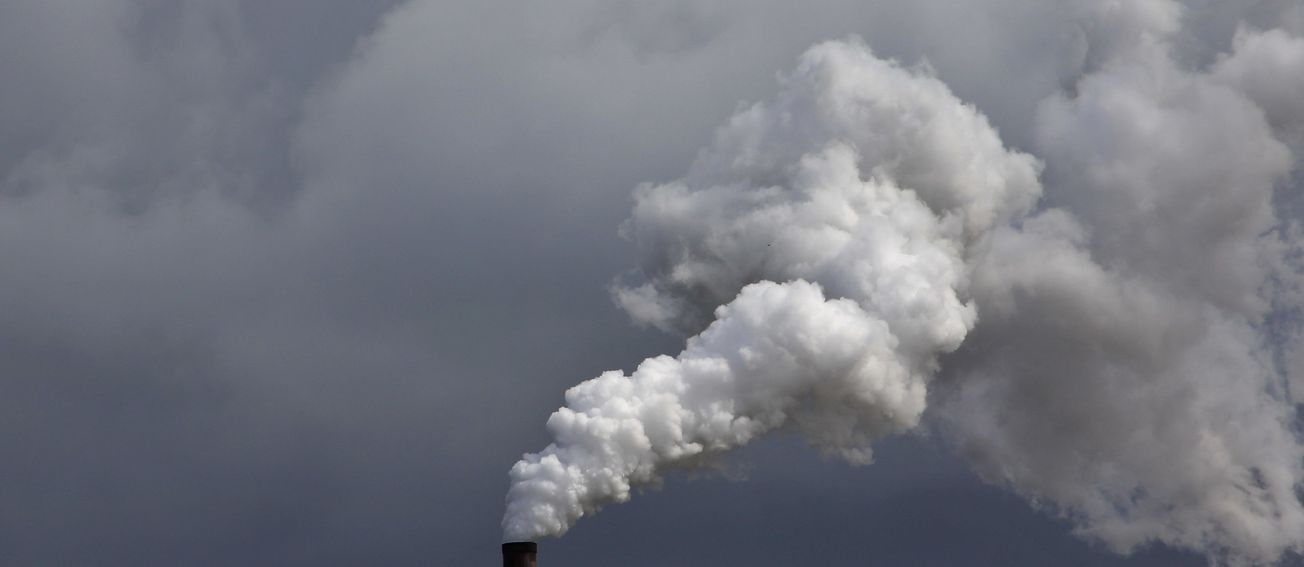By Jenna Ram, PhD Atmospheric Chemistry
Though pledges are made to curb emissions of potent greenhouse gases, good intentions alone do not produce results.
An international team of climate scientists, including Dr Matt Rigby from the University of Bristol, has discovered that there has been a rise in global emissions of greenhouse gas HFC-23, despite anticipated near-total reductions in further emissions.
HFC-23 is an unwanted by-product of the manufacture of HCFC-22, a chemical used in air conditioners and fridges. It is one of the more obscure greenhouse gases but is actually one of the most potent. To put its potency into context, a tonne of HFC-23 in the atmosphere has the same warming effect as 12,000 tonnes of carbon dioxide.
| Sustainability teaching fights the climate crisis blues
A commitment to reduce HFC-23 emissions is included in the Kigali amendment of the Montreal Protocol, which aims to protect the climate by reducing the production and consumption of HFCs. The emissions of HFCs increased rapidly after they were introduced as replacements to other ozone-depleting substances. The goal of the Kigali amendment is to achieve over 80 per cent reduction in HFC consumption by 2047, which could help us avoid up to half a degree of warming by the end of the century.

This goal looked to be on track in 2015, when countries such as India and China ambitiously set out to remove the unwanted production of HFC-23 to prevent it from being released into the atmosphere. India and China collectively accounting for a staggering 75% of the global production of HFC-22. Neither country is party to the Kigali amendment; however, the aims of their emissions reduction programs were in line with the amendment’s.
| University highlights fossil fuel industry's climate misinformation campaign
According to the study, there should have been an 87 per cent drop in HFC-23 emissions from 2014 to 2017. Furthermore, China indicated that there had been a 98 per cent reduction in emissions in 2017 in a United Nations report. Overall, the expectation from the UN report and the Bristol-led study was that total global HFC-23 emissions would stop growing and would plateau between 2014 and 2017.
Instead, atmospheric observations show that emissions around the world have increased during these years, and that in 2018, concentration levels were higher than ever before. This continued rise highlights a huge discrepancy between reported and observed emissions.
The reasons behind the huge disparity are not totally clear. However, it is likely that India and China have not been successful in achieving their reduction pledges. Perhaps there is potentially ‘substantial, unreported production of HCFC-22 from which HFC-23 is vented’ as the study speculates, but exactly where this is coming from is not so far evident.
Dr Matt Rigby, who is a member of the Advanced Global Atmospheric Gases Experiment (AGAGE) which measures the concentration of greenhouse gases around the world, said he hopes to complete a follow-up study with other international groups before the end of the year. This follow-up study would ideally try to determine more precisely where the emissions are coming from. He would like to use regional models as opposed to a single global one to better quantify India and China’s individual emissions.
Featured image: Flickr / Chris 816
Should we be worried about inaccurate greenhouse gas reports? Let us know!









